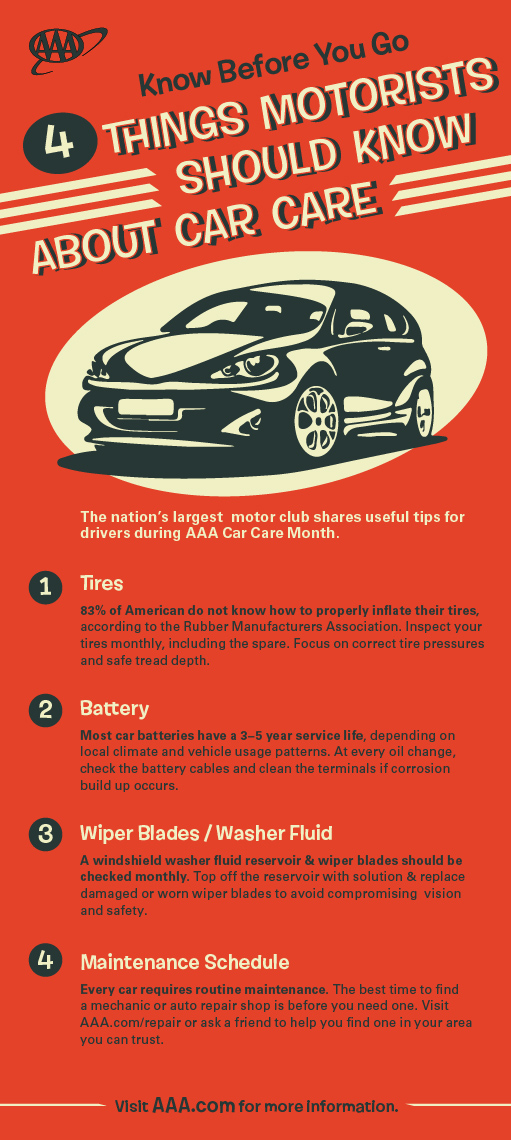Analyzing Your Auto'S Warning Indicators: What They Truly Communicate
Analyzing Your Auto'S Warning Indicators: What They Truly Communicate
Blog Article
Post Created By-Lauritsen Corbett
When you lag the wheel, those glowing caution lights on your control panel can be a little bit bewildering. Do you know what they're trying to inform you regarding your auto's wellness? Understanding https://jeffreymicwr.mybuzzblog.com/11752682/the-benefit-of-mobile-vehicle-detailing-transforms-your-vehicle-s-look-yet-is-it-as-reliable-as-conventional-methods-discover-the-reality-behind-this-service of these lights is vital for your safety and the long life of your vehicle. So, the following time among those lights appears, wouldn't you want to analyze its message precisely and take the required actions to resolve it?
Common Caution Lighting and Interpretations
Determine common warning lights in your automobile and comprehend their meanings to guarantee secure driving.
The most typical warning lights include the check engine light, which signifies problems with the engine or emissions system. If this light begins, it's important to have your vehicle examined quickly.
The oil pressure cautioning light suggests reduced oil pressure, requiring immediate attention to stop engine damages.
A blinking battery light could suggest a faulty charging system, potentially leaving you stranded if not addressed.
The tire pressure tracking system (TPMS) light signals you to reduced tire pressure, impacting vehicle stability and gas effectiveness. Neglecting this could cause hazardous driving problems.
The abdominal light indicates an issue with the anti-lock stopping system, endangering your ability to quit quickly in emergency situations.
Lastly, the coolant temperature level alerting light warns of engine overheating, which can result in severe damages otherwise fixed promptly.
Understanding these usual warning lights will assist you resolve concerns quickly and preserve secure driving conditions.
Relevance of Prompt Interest
Comprehending the common caution lights in your auto is only the primary step; the relevance of immediately dealing with these cautions can't be emphasized sufficient to guarantee your safety when traveling.
When click the up coming web site illuminates on your dashboard, it's your vehicle's way of interacting a possible issue that needs focus. Ignoring these cautions can bring about more extreme troubles later on, endangering your safety and security and possibly costing you extra out of commission.
Trigger attention to advising lights can prevent break downs and mishaps. As an example, a flashing check engine light might indicate a misfire that, if left neglected, could trigger damages to the catalytic converter. Resolving this without delay can conserve you from an expensive repair.
In a similar way, a brake system warning light may signify low brake liquid or used brake pads, vital components for your safety when driving.
Do It Yourself Troubleshooting Tips
If you see a warning light on your dashboard, there are a couple of DIY repairing pointers you can attempt prior to seeking expert assistance.
The first step is to consult your automobile's manual to comprehend what the certain warning light suggests. Often the issue can be as basic as a loosened gas cap triggering the check engine light. Tightening up the gas cap might settle the problem.
Another typical concern is a low battery, which can cause numerous cautioning lights. Checking the battery links for rust and guaranteeing they're protected might take care of the problem.
If a caution light lingers, you can try resetting it by detaching the auto's battery for a couple of mins and afterwards reconnecting it. Furthermore, examining your automobile's liquid levels, such as oil, coolant, and brake liquid, can help fix warning lights connected to these systems.
Verdict
In conclusion, comprehending your automobile's caution lights is vital for maintaining your vehicle running smoothly and safely. By promptly resolving these alerts and recognizing what they indicate, you can avoid expensive repairs and prospective failures.
Remember to consult your auto's manual for particular details on each advising light and take action accordingly to make sure a trouble-free driving experience.
Keep informed, remain risk-free when traveling!
